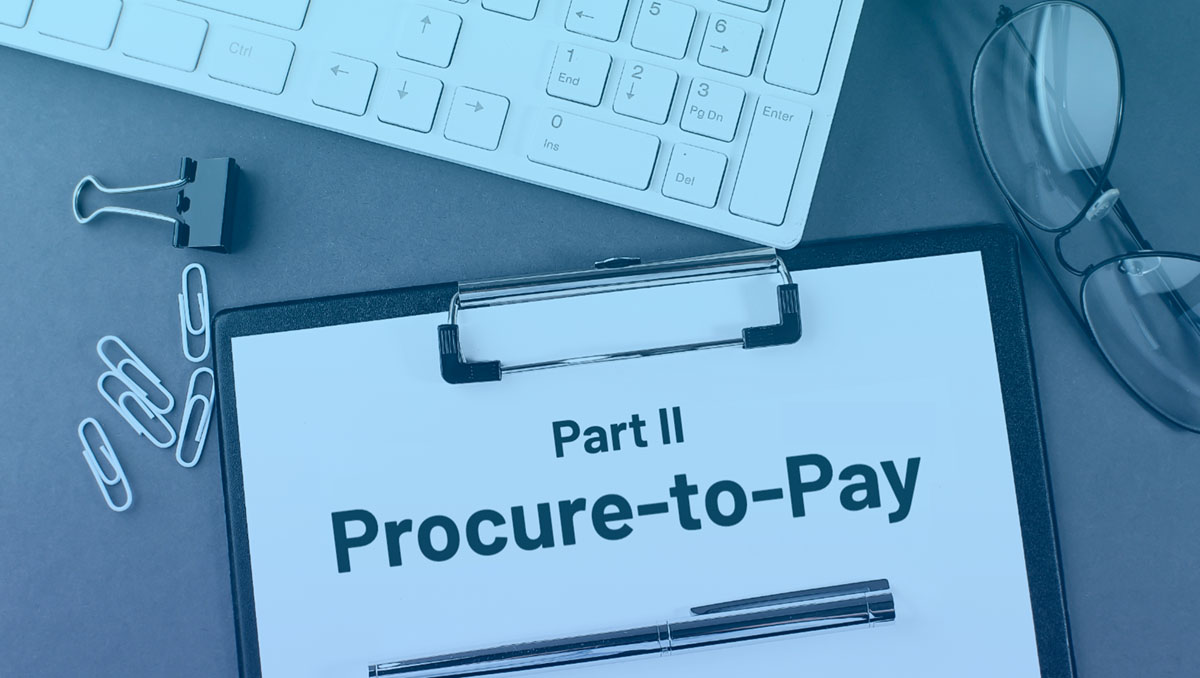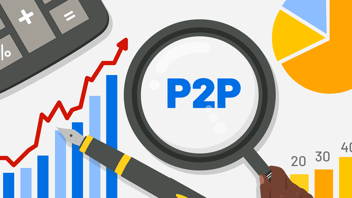Biotech, life sciences and pharma organizations are constantly being tasked to do more with less. One way to do that is by freeing up working capital. Through the use of a procure-to-pay (P2P) platform, R&D procurement can positively impact the bottom line in two main ways; by improving efficiency and reducing costs. In this article, we’ll focus on how procurement digitalization via a P2P system can boost the bottom line by reducing costs.
5 ways procure-to-pay reduces costs
- Reduce maverick/free-text spend. Maverick / free-text spend (aka rogue spend) are expenses made outside of a company’s defined procurement processes. These off-contract purchases do not take advantage of negotiated discounts or terms. An established, stakeholder-approved P2P process routes purchases through a pre-defined workflow and reduces spend from non-approved vendors.
- More effective inventory management. In addition to using lab inventory management software to track inventory usage, streamlining all supply purchases through a P2P platform provides an auditable trail of who purchased what, when, for how much, and also how many. Through purchase order approval workflows and enhanced spend visibility, lab managers and therapeutic area heads can easily keep up to date on lab supply purchases and choose to approve or deny transactions based on budget or other considerations.
- Optimize accounts payable. Savings potential can come in the form of early payment discounts, trade credits, and volume rebates, as well as negotiated list price discounts. Procurement process automation makes it easier to track whether purchase orders are optimizing accounts payable by taking advantage of all favorable, negotiated terms and utilizing methods of payment that minimize bank charges.
- Error reduction. Automating the purchasing process virtually eliminates manual input errors, thus shortening the pay cycle and reducing costs. Typical errors come from being keyed in by human hands and include incorrect quantities, item numbers, discounts, shipping addresses, and required signatures. Additionally, erroneous invoices can result in late payments, which incurs late fees. P2P platforms help address these issues.
- Automating manual processes. A study from the Center for Advanced Procurement Strategy (CAPS) found “that the average cost per purchase order hovers somewhere between $50 and $1,000 ($USD), based on the industry with the average cost being $217.00.” This does not include the cost of processing each invoice. Purchase order costs include both fixed (salary overhead) and variable (print and postage) components. Procurement digitalization helps free up personnel to focus on more strategic, cost-cutting endeavors and also reduces variable costs through use of electronic processing.
In addition to using P2P, online marketplaces, such as ZAGENO, are becoming more popular for B2B purchases. A 2020 CAPS Research study found that “73% of respondents are currently using or plan to start using online marketplaces,” which results in even greater efficiency and a more substantial impact to the bottom line.




